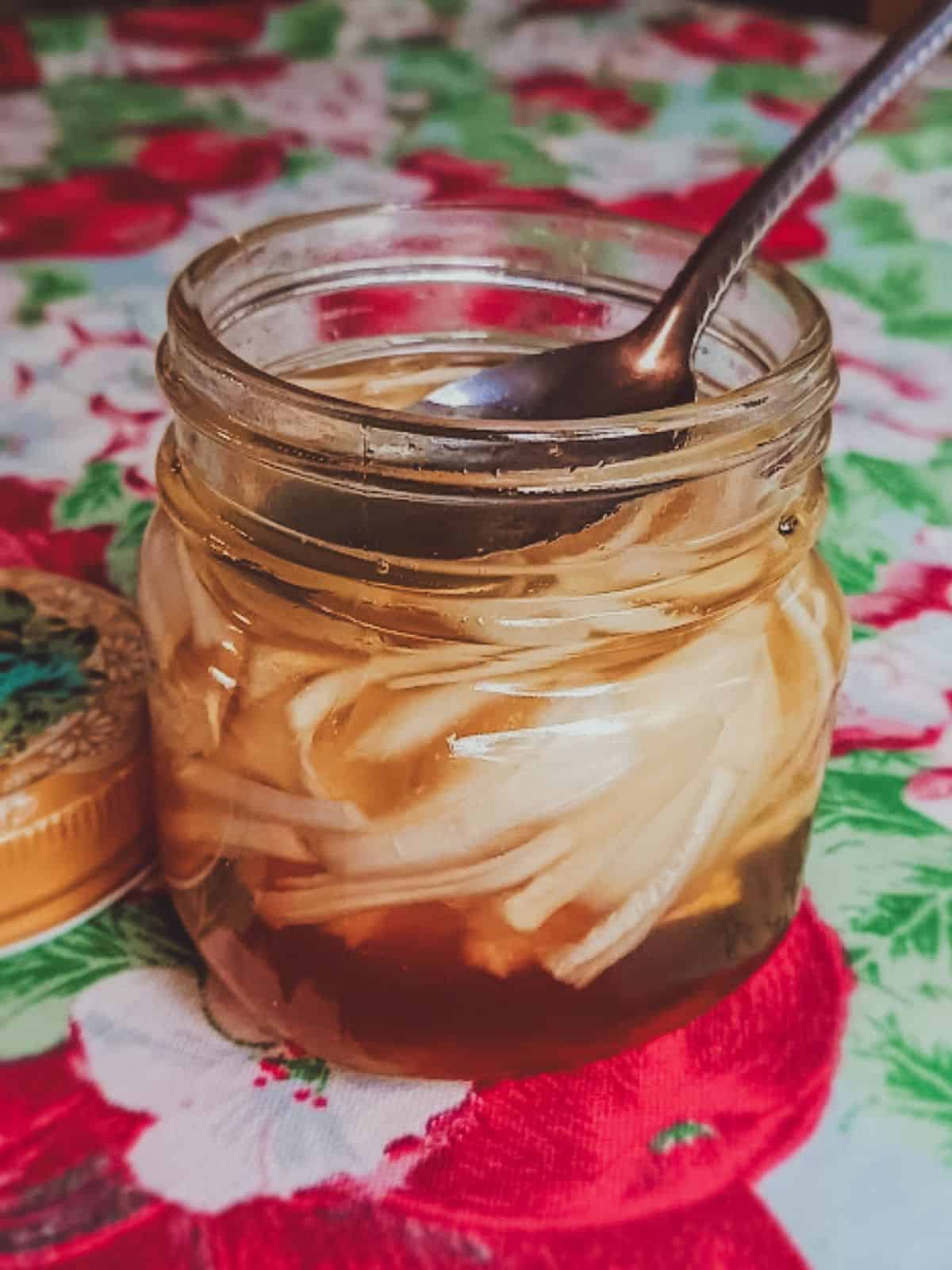Learn to Use Home Remedies
Home remedies have been used for generations to support our bodies during its natural healing process. Learn how common household ingredients found in your kitchen and garden can help maintain health and wellness in your home through this introductory guide.
What Is a Home Remedy
Home Remedy noun – a treatment that can be done at home, usually with common household items and ingredients to alleviate ailments or improve health.
Home remedies are steeped in tradition. For generations people have been using common ingredients medicinally to “cure what ails them.” These remedies have been passed down from our ancestors and are still viable today. With research you can find many modern medicines come from natural origins, including from traditional folk medicine. Aspirin, for example, is a synthetic derivative of salicylic acid, which is a natural substance found in many plants and trees such as willow. Native Americans were known to chew willow bark or sip willow bark tea when suffering from aches, pains and fevers. We’re known to keep a supply of willow bark in our pantry for just these purposes.
Unless you have a willow tree growing in your backyard, the likelihood of having willow bark on hand when you are first diving into the use of home remedies is slim. Keep reading for more ideas on how to begin using what you may have in your pantry right now as a remedy in your home.
From Pantry to Medicine Cabinet
A few examples
If you have ever baked a batch of cookies from scratch, you are likely to have a box of baking soda in your pantry. Baking soda is sodium bicarbonate. Sodium bicarbonate is an active ingredient in antacids used to help relieve upset stomachs, heartburn, indigestion, etc. Mixing 1/4 teaspoon of baking soda into a glass of water and sipping it can help calm the acid in your stomach that’s bringing you grief. Also, by making a paste using a small amount of water and baking soda, the natural alkalizing properties of sodium bicarbonate applied topically can soothe skin irritations caused by insect bites, acne or noxious weeds. This is an example of just two of many uses, of one common inexpensive household ingredient.
There are so many ways to incorporate your pantry staples or garden finds into your medicine cabinet! How many times have you started having a scratchy throat unexpectedly or started coughing in the middle of the night only to find your bottle of cough syrup is empty? I have found a spoonful of honey to be just as soothing, if not more, than anything I’ve bought off of a drug store shelf. Have you ever made salsa and your fingers felt like they were on fire after cutting up a batch of peppers? Grab some olive oil and rub it generously on your hands and under your nails. Lastly, if you’re feeling restless and need to calm yourself before bedtime, walk out to your herb garden and pick whatever soothing herbs you have growing and steep a nice cup of hot tea. One of my favorites at bedtime is a blend of catnip, spearmint, and chamomile.

Grab a copy of my free
Home Remedies ebook!
Learn how to put to use some common pantry staples in my free ebook, From Pantry to Medicine Cabinet. Inside you will find a compilation of recipes and wellness tips and you’ll even learn a few things my grandmas taught me.
Getting Started With Home Remedies
- Educate Yourself. Take note of some of your household’s most common ailements such as headaches, skin irritation, upset stomach, etc. What medicines do you use for these? Research these medicines and study their natural origin. Is this something you have access to? Do you have something in your kitchen, garden or backyard that has comparable medicinal properties?
- Gather Supplies With home remedies comes crafting. Besides normal first aid supplies and kitchen utensils, small jars with lids and other storage containers, carrier oils and alcohols for herbal infusions, measuring cups and spoons, a kitchen scale, small spray bottles, a tea ball, and a double boiler will come in handy. Beeswax and gelatin capsules are also useful. You may find a dehydrator or freeze dryer beneficial if you plan to grow herbs or forage, but these aren’t a requirement for drying.
- Start a Notebook As you learn and start experimenting with home remedies, be prepared to write it down! Write down recipes, take notes of when and where you have found wild medicinals growing, make a list of medicinal herbs you’d like to grow and common household ingredients you find most useful. Keep a log of home remedies you have used and under what circumstances and make note of the outcome.
Safety and Understanding
Home remedies are not meant to replace modern medicine or professional medical advice. Home remedies can be useful for some conditions, but they may not always be safe or effective for everyone. They are not meant to treat, cure or heal sickness and disease but help to support, maintain and promote good health and wellbeing. A single study or clinical trial may not cover diverse communities or bodies, and what research notes as beneficial may not always work for you. The remedies shared on the site are based on therapeutic usages and although these remedies are generally safe and usually have no side effects, I advise that these be practised / taken at the user’s sole discretion. Please consult with your physician before incorporating any remedies into your healthcare regimen.



